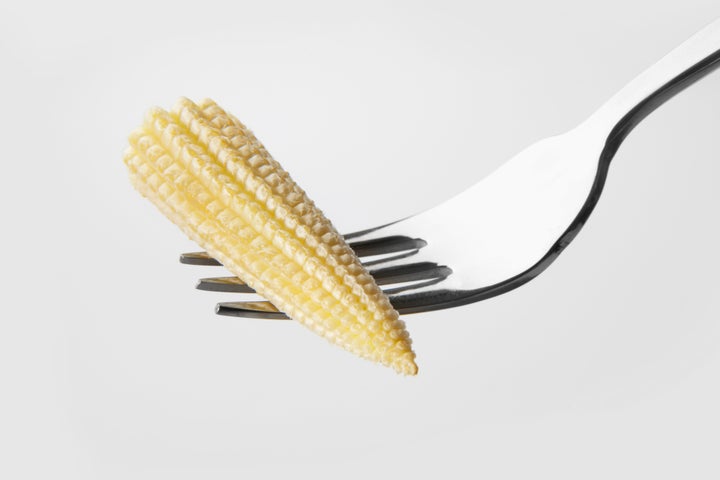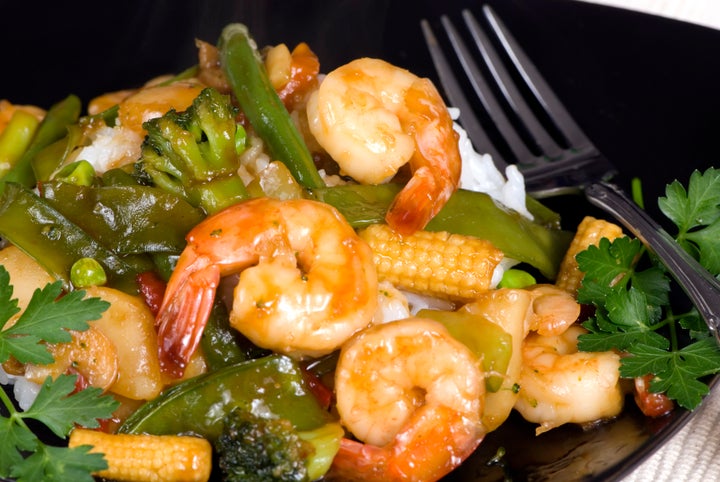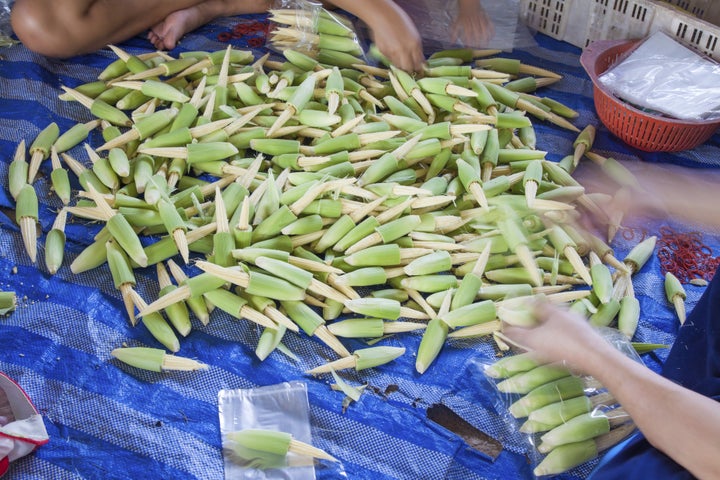Ever since we uncovered the startling truth about baby carrots, we've been brimming with questions about our favorite fruits and vegetables -- and we're on a crusade to find answers.
Next up, the miniature version of a summer cookout staple: baby corn.

Unlike its baby carrot brethren, baby corn is not a lie. In fact, it's precisely what it sounds like: an immature ear of corn, picked before its prime.
Baby corn is mildly sweet and has a satisfying snap to it. The little guys, usually only a few inches long, are commonly used in Asian cuisine, including stir fries, curries and noodle dishes. If a dish lacks texture, baby corn provides a pleasant crunch without an overpowering flavor.

You can easily find canned baby corn at your neighborhood supermarket, but don't expect to find the fresh version on your daily grocery run. Fresh baby corn is hard to come by in the U.S. since the vast majority of the crop is imported from Asian countries such as Thailand, Taiwan and Indonesia.
While there are special varieties of corn that have been developed specifically to produce more ears per stalk, making baby corn easier to harvest, most common types of corn produce baby corn just fine. Some farms even use the same stalk to harvest baby corn and regular corn later on.
But baby corn production doesn't gel with American agriculture practices. Some small farms grow baby corn in limited amounts (check your local farmers market!), but most big farms don't bother, according to Carol Miles, Washington State Professor of Vegetable Horticulture. Miles told The Huffington Post that growing baby corn is a labor-intensive process, relying on hand harvest and husking.

If you're really craving fresh baby corn, you can order some online, or even grow your own if you have enough space to plant a few stalks. It's simple: "Grow sweet corn and harvest the ears within three days of seeing the silks emerge," Miles told HuffPost. "Voila, you have baby corn."
Corn silks are those hair-like fibers that emerge from the tip of an ear of corn. They may be a pain to remove when husking corn on the cob, but they're a big help when it comes to knowing when to harvest baby corn.

Now that we're sufficiently educated on its origins, we're gonna go ahead and add baby corn into every stir fry from here on out. They're too adorable and delicious not to.
